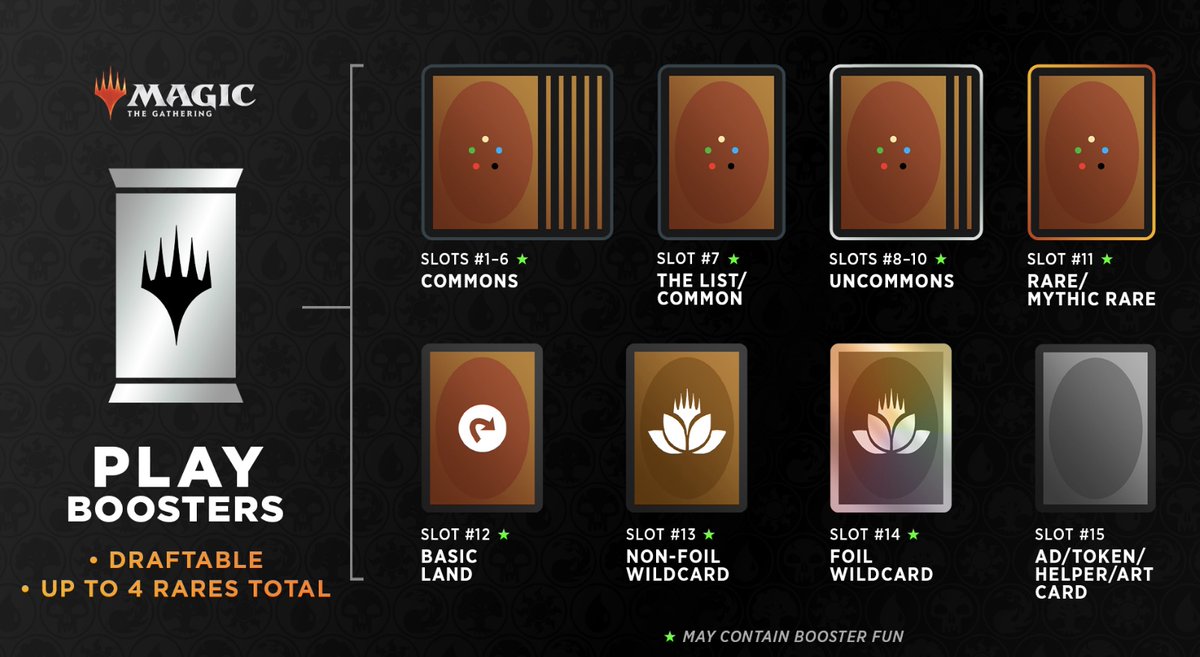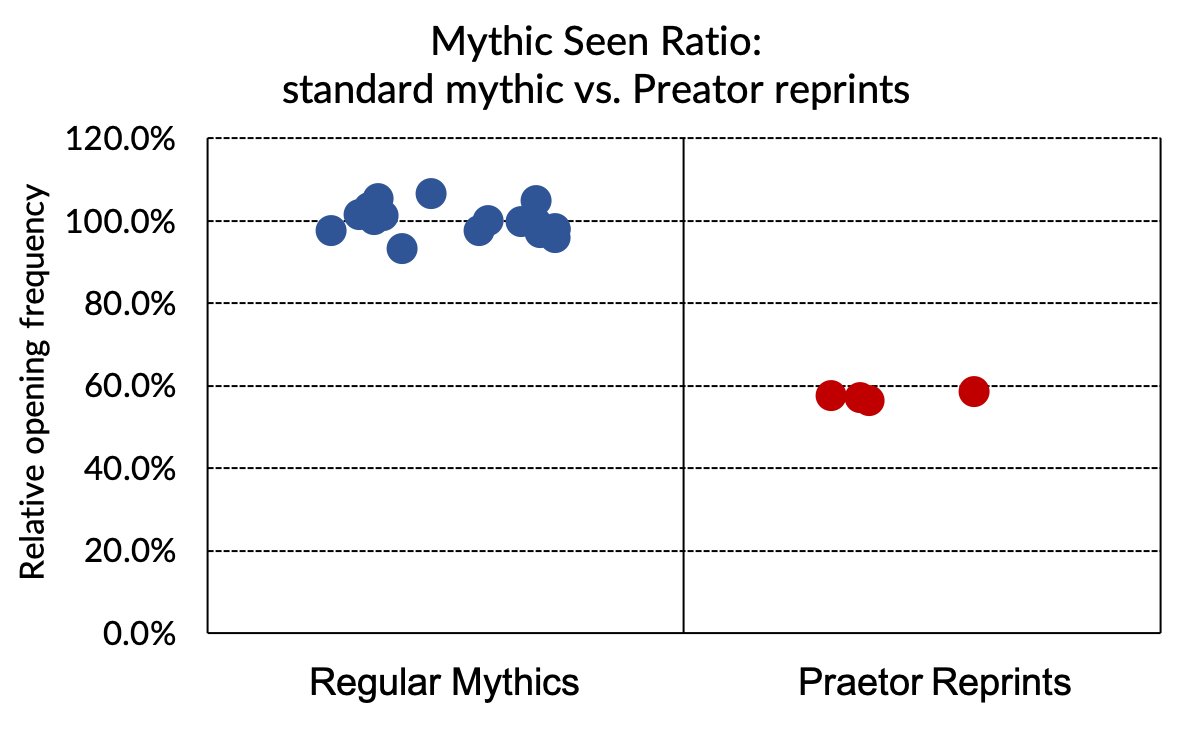Early data can be misleading. And in MH3 we have a great case study for that.
Dimir.
On the face of it, it has a middling 54% win rate. In the middle of the pack of 6 lowest win rate archetypes. But scratch the surface and you might have a diamond in there.
1/6
Dimir.
On the face of it, it has a middling 54% win rate. In the middle of the pack of 6 lowest win rate archetypes. But scratch the surface and you might have a diamond in there.
1/6

Firstly, despite the decks winning only 54% of the games, individual cards do well. 8 commons have a GiH WR >59%.
Pairs with similar WR don’t reach this level. UG has 5 such commons. BR - 2. UR, BG and WB only 1. That is a significant difference.
2/6
Pairs with similar WR don’t reach this level. UG has 5 such commons. BR - 2. UR, BG and WB only 1. That is a significant difference.
2/6

And some of those commons have impressive win rates. Deem Inferior is at 62.5% , Sneaky Snacker, Accursed Marauder and Serum Visionary are over 60%. Those are solid numbers for cards that go late in draft. Kind of numbers that suggest a well drafted UB deck is competitive.
3/6


3/6


And the uncommons also deliver. Depth Defiler and Marionette Apprentice clock at >62% and some late going uncommons like Mindless Conscription and Brainsurge Do well over 58% too.
And yet win rate is low. Why is it so?
4/6


And yet win rate is low. Why is it so?
4/6


The most likely explanation? Bad builds dominate the data. And they cover archetype win rate. But bad builds don’t have the right cards in them, so individual card win rates shine. 5/6




Dimir shows promise and also shows us that looking at the color pair win rates can potentially be misleading - yet again turns out context is key.
UB won’t be the top archetype but data suggests it is much further from the bottom than data suggests if you know what you’re doing.
UB won’t be the top archetype but data suggests it is much further from the bottom than data suggests if you know what you’re doing.
• • •
Missing some Tweet in this thread? You can try to
force a refresh















